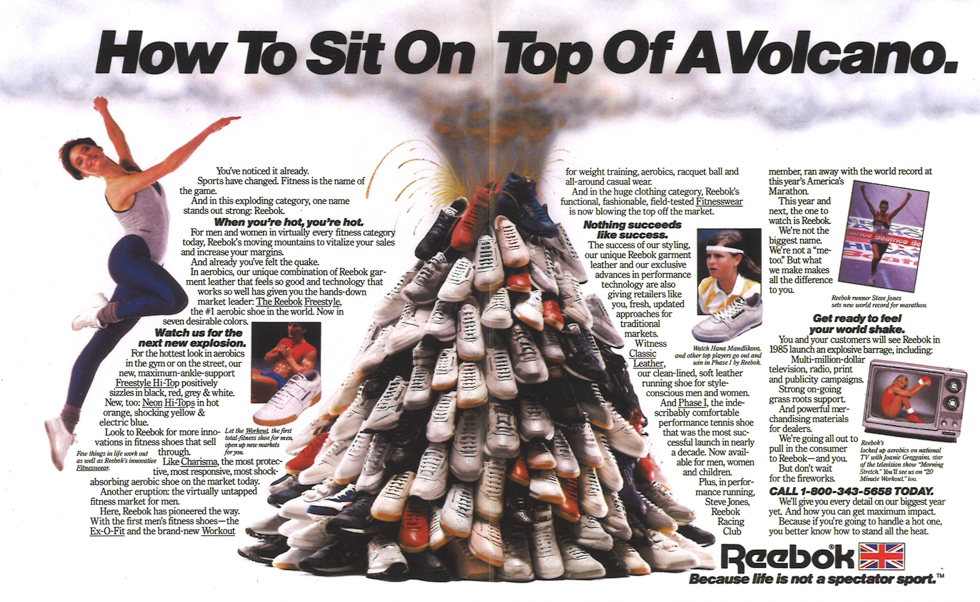Brand Focus: Reebok Classics

The origins of Reebok can be traced back to 1890’s Bolton to keen runner and avid shoe manufacturer Joseph William Foster. Locally known as ‘Old Joe’, his foray into the world of shoemaking began after joining his local running club, the Bolton Primrose Harriers. As his interest in the sport grew, he felt the need to wear better quality footwear to improve his performance and feel better grip on the track. Taking inspiration from watching his grandfather Samuel Foster in his shoemakers workshop, Joe set about creating what are thought to be the first ever pair of running spikes, albeit very crudely put together (the left was sewn whilst the right was held together with nails). Over time his technique improved and his footwear slowly began catching the eyes of other runners at the local track, and the J.W Foster Athletic Shoes company was formed.
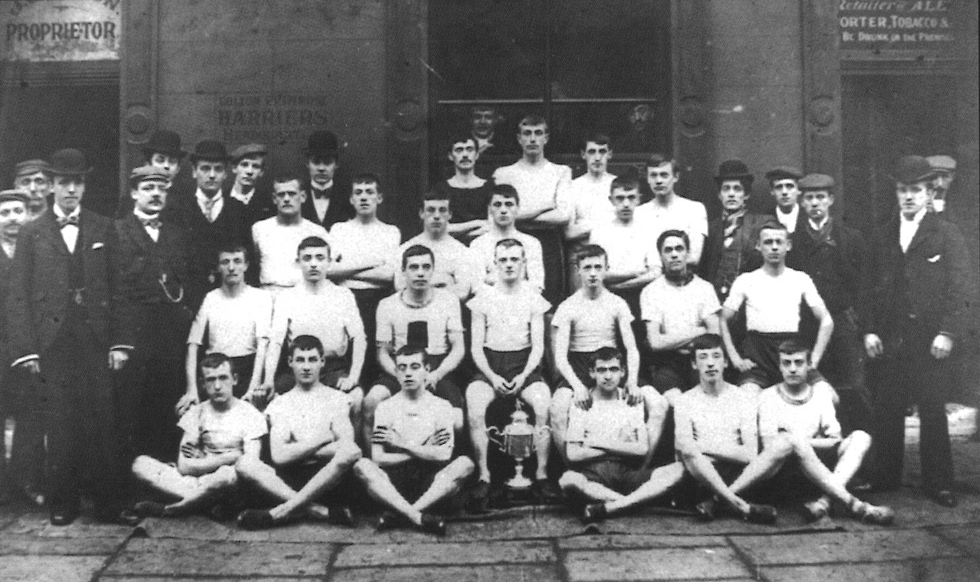

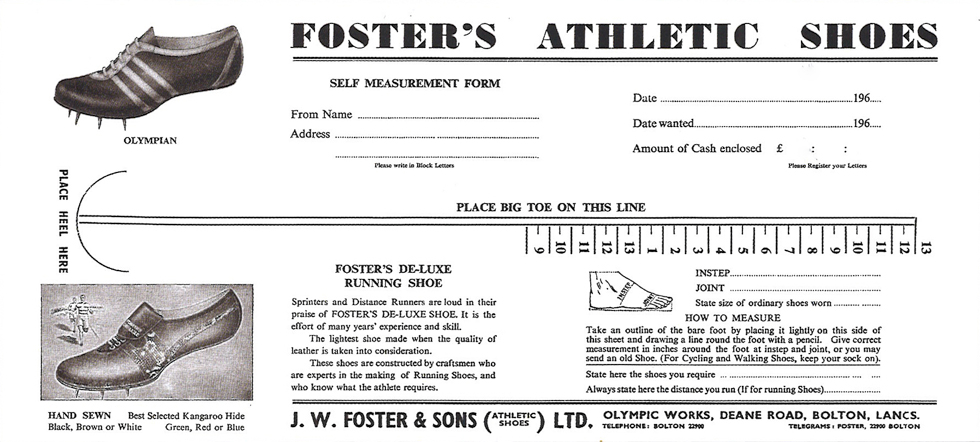
In 1933, Joseph Foster died and the company was then handed down to his sons James and Billy (named John William at birth), who continued to uphold the companies reputation for creating high quality athletic shoes. By the 1940’s they’d also expanded the company into producing boots for rugby and football, which would soon be found on the feet of the great players of the time at Liverpool, Manchester United and local favourites Bolton Wanderers. By 1948, James’ son Jeffrey was drafted into the company on an apprenticeship at the Fosters Olympic Works workshop, closely followed by his brother Joseph (named after his grandfather due to being born on the same day). Once both apprenticeships were completed, the brothers decided to go their separate way from J.W.Foster and form their own manufacturing company in order to progress, making sure to continue with the same ethos of providing the best products for the best athletes.
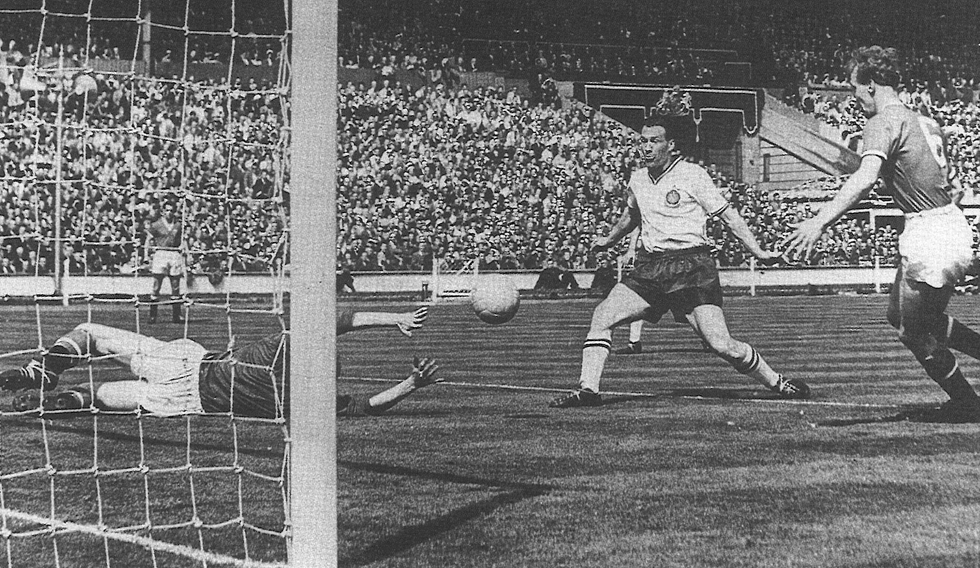
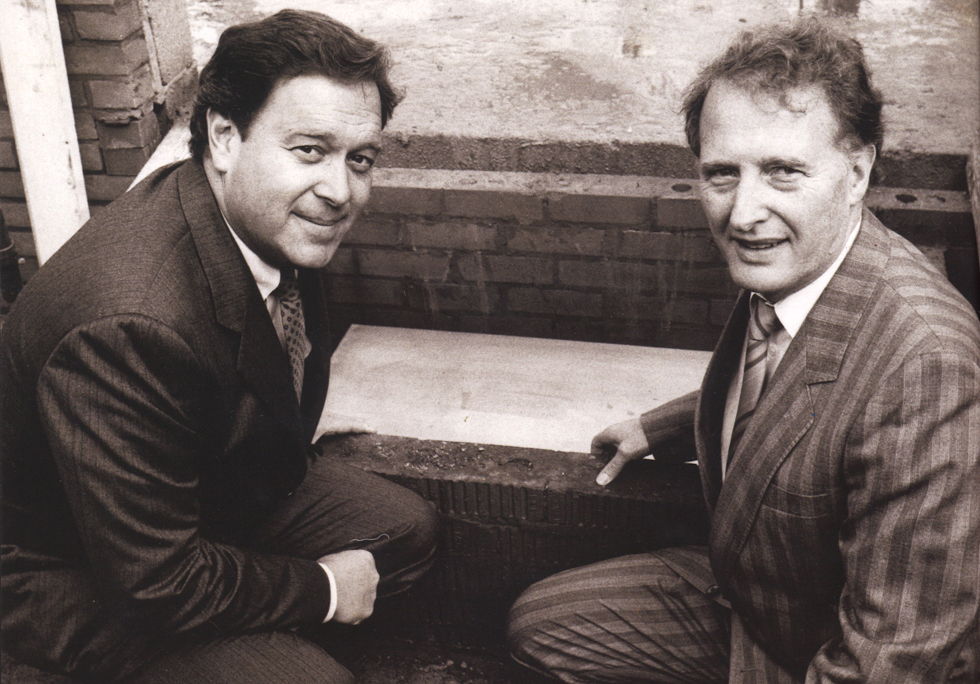
The original company the brothers set up was named Mercury Sports Footwear, and to make sure they set themselves apart from their grandfathers brand they took to developing cycling shoes, but eventually progressed back into making runners. However, the brand ran into issues when trying to register the Mercury name when it was found that a different company had already sought ownership of the copyright, so another needed to be created. Joe was told by his local patent agent that the easiest names to trademark were the most obscure, so the search began. A few years previous Joe won a race at a local track meet, and as a prize was presented with the rather unusual gift of an American Websters Dictionary. Years later, while flicking through the pages of the book, he stumbled upon the word ‘Reebok’ which was the American English spelling of ‘Rhebuck’, a small african antelope. The characteristics behind the name spoke volumes about the product the brand were producing at the time, representing speed, agility, and light footedness. Nothing similar had been trademarked before, so the name Reebok stuck.
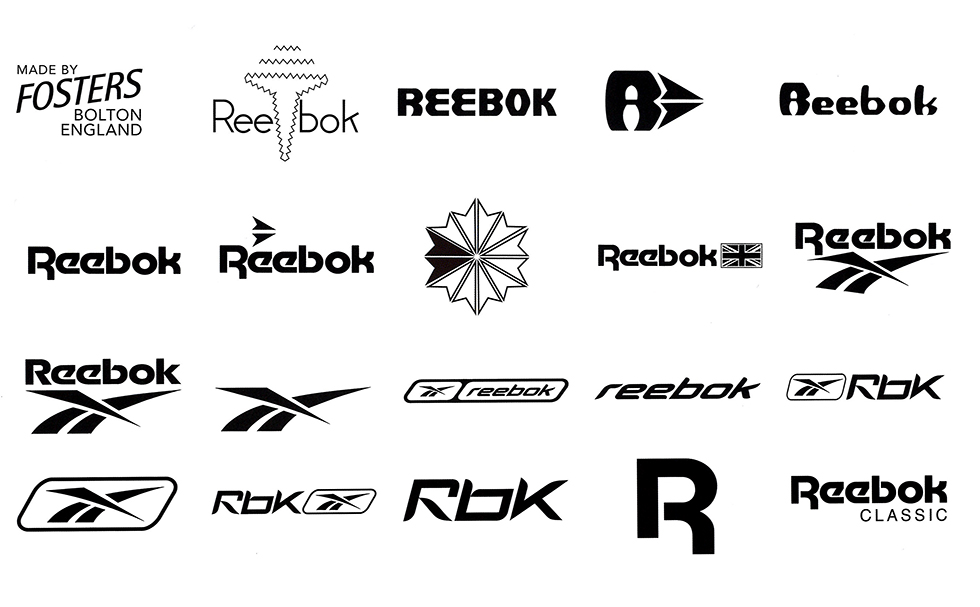
During the 1960’s & 1970’s Reebok began to expand commercially, featuring products in international publications such as Athletics Weekly and Runners World, and trading on a global scale to Australia, New Zealand, South Africa and Canada. Towards the end of the 70’s exclusive distribution rights were arranged with Paul Fireman for the product to be sold in the United States, Mexico, Canada and Puerto Rico.
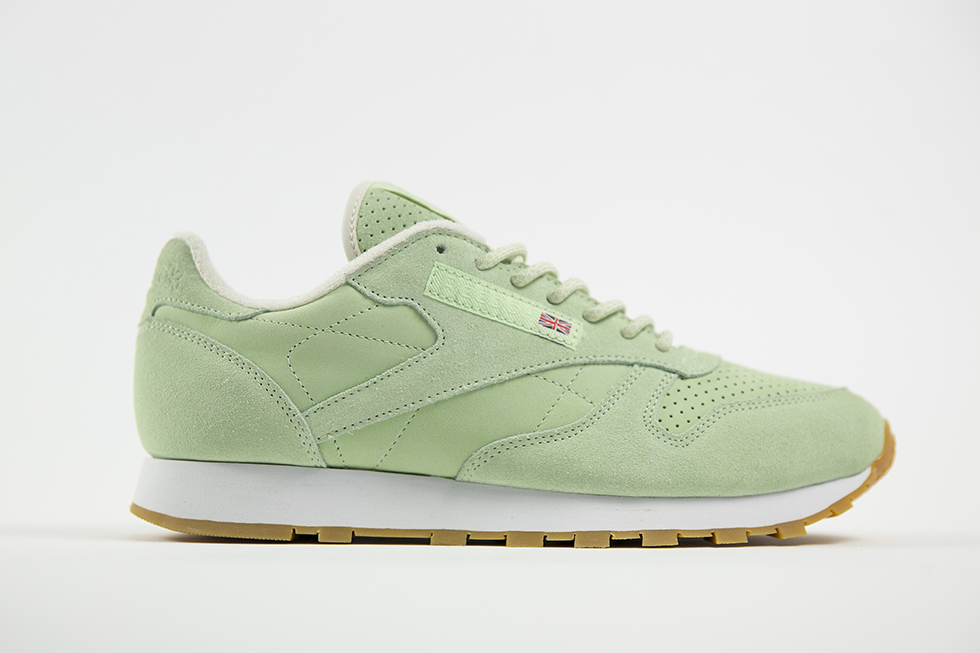
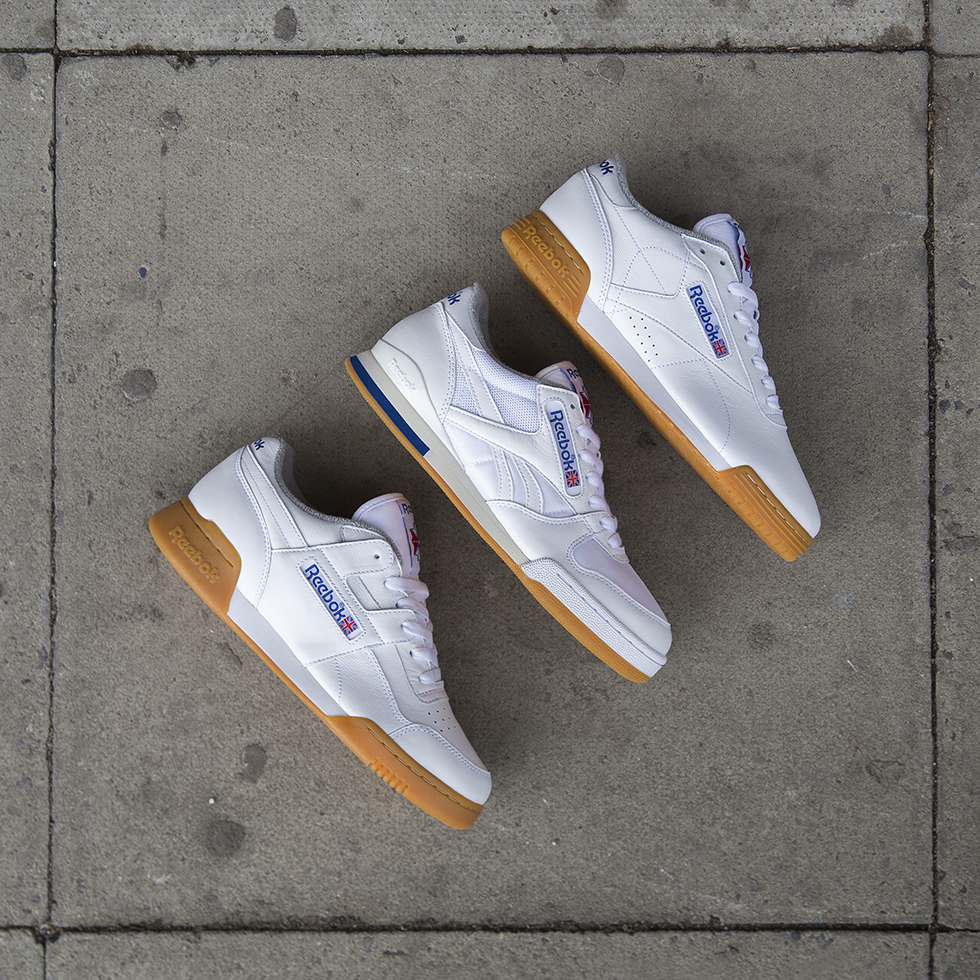

At this point Reebok were rising through the ranks as a brand, but it was really the introduction of the aerobics & fitness craze at the turn of the 1980’s which they truly capitalised on and began catering for. This led to the introduction of some of the brands most recognisable silhouettes such as the Classic Leather, Workout, and Exo-Fit. This introduced the idea of playing with new material choices, in particular laminated glove leather to stop shoes from busting during exercise. Towards the latter part of the decade Reebok began building new and revolutionary technologies into their shoes to enhance athletes performance and improve comfort and fit. These included Hexalite in midsoles, the Energy Return System and the iconic PUMP, designed to let the shoe fit around your foot correctly using a pressurised air system around the ankle.
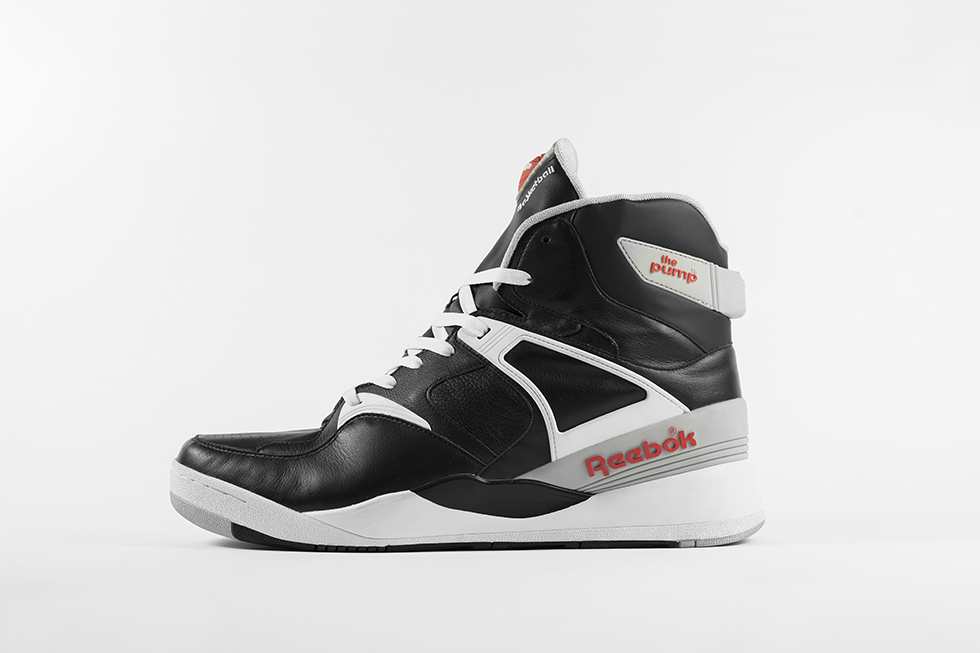
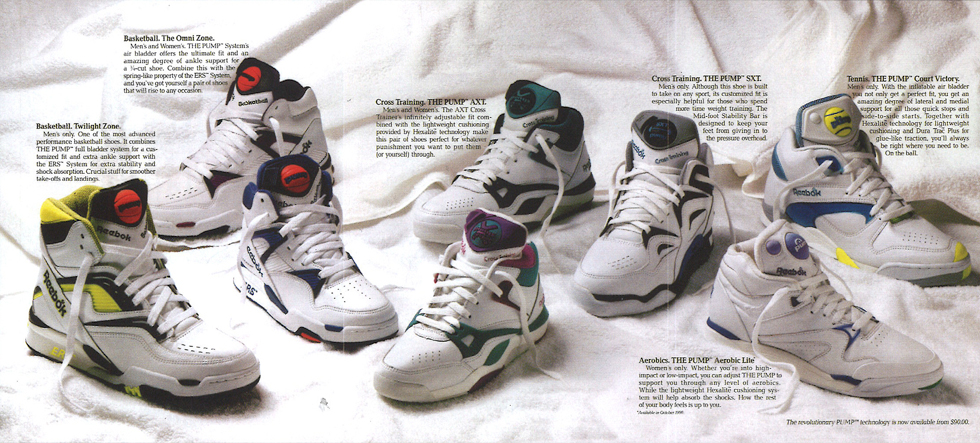
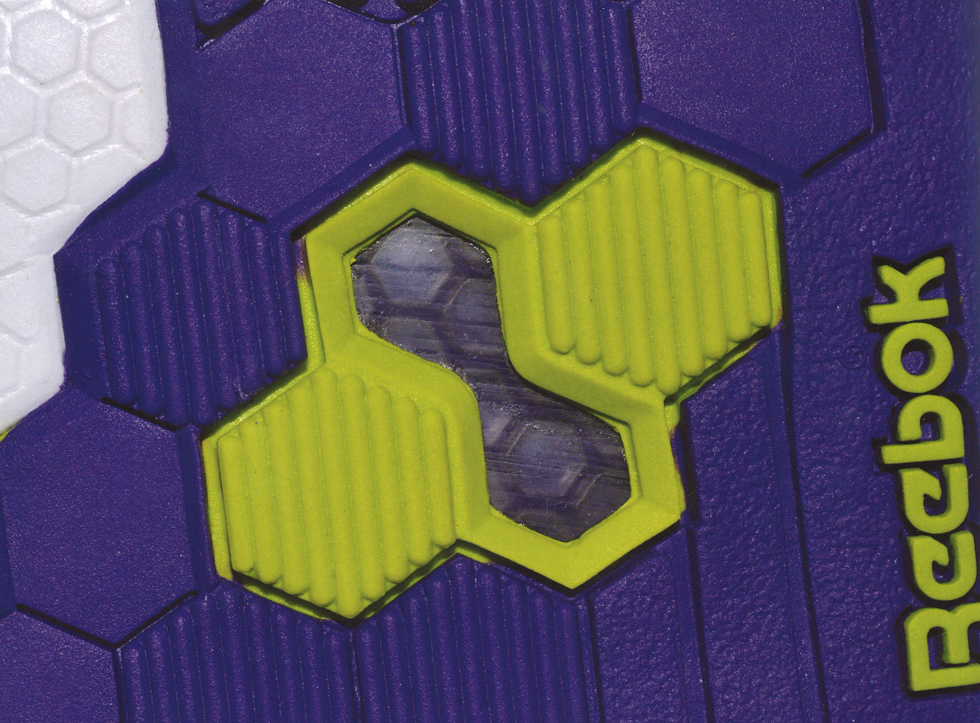
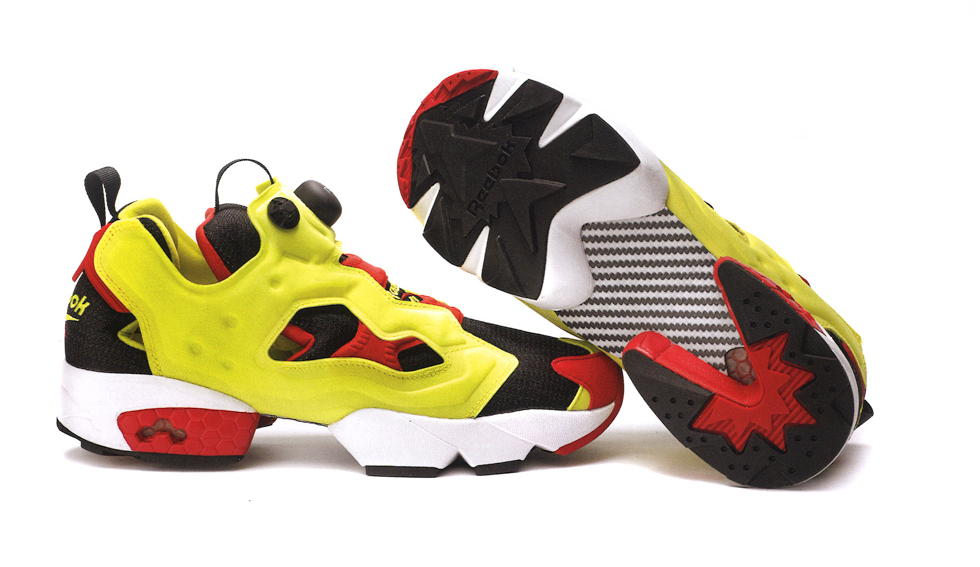
Progressing into the 90’s, Reebok invested a lot of time breaking through in the Basketball market with their innovative high-top designs. Signing up NBA greats Shawn Kemp, Dee Brown, Allen Iverson and Shaquille Oneal, they came to create some of the greatest basketball shoes in history such as the Question, Shaq Attaq and the Kamikaze.
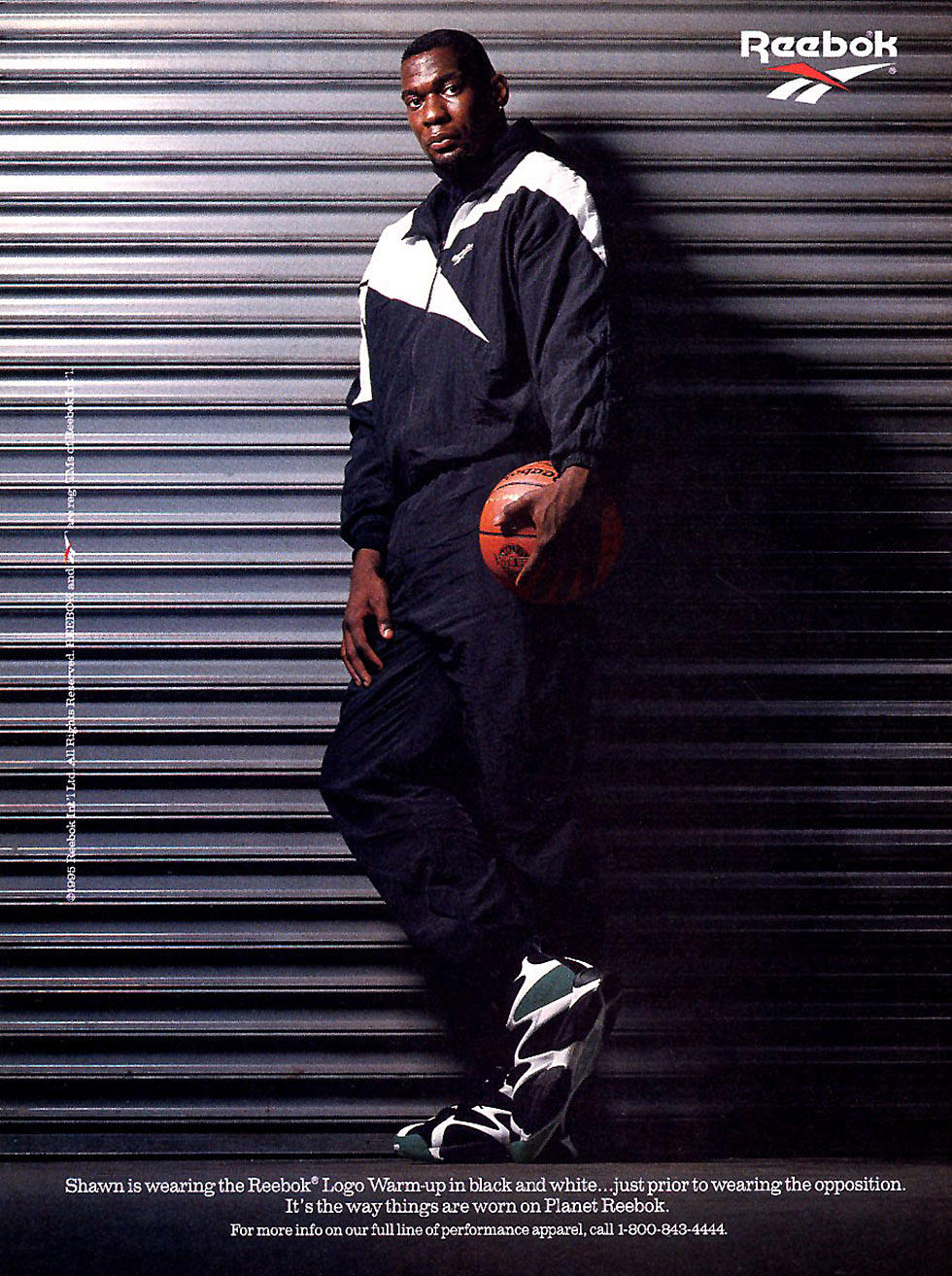
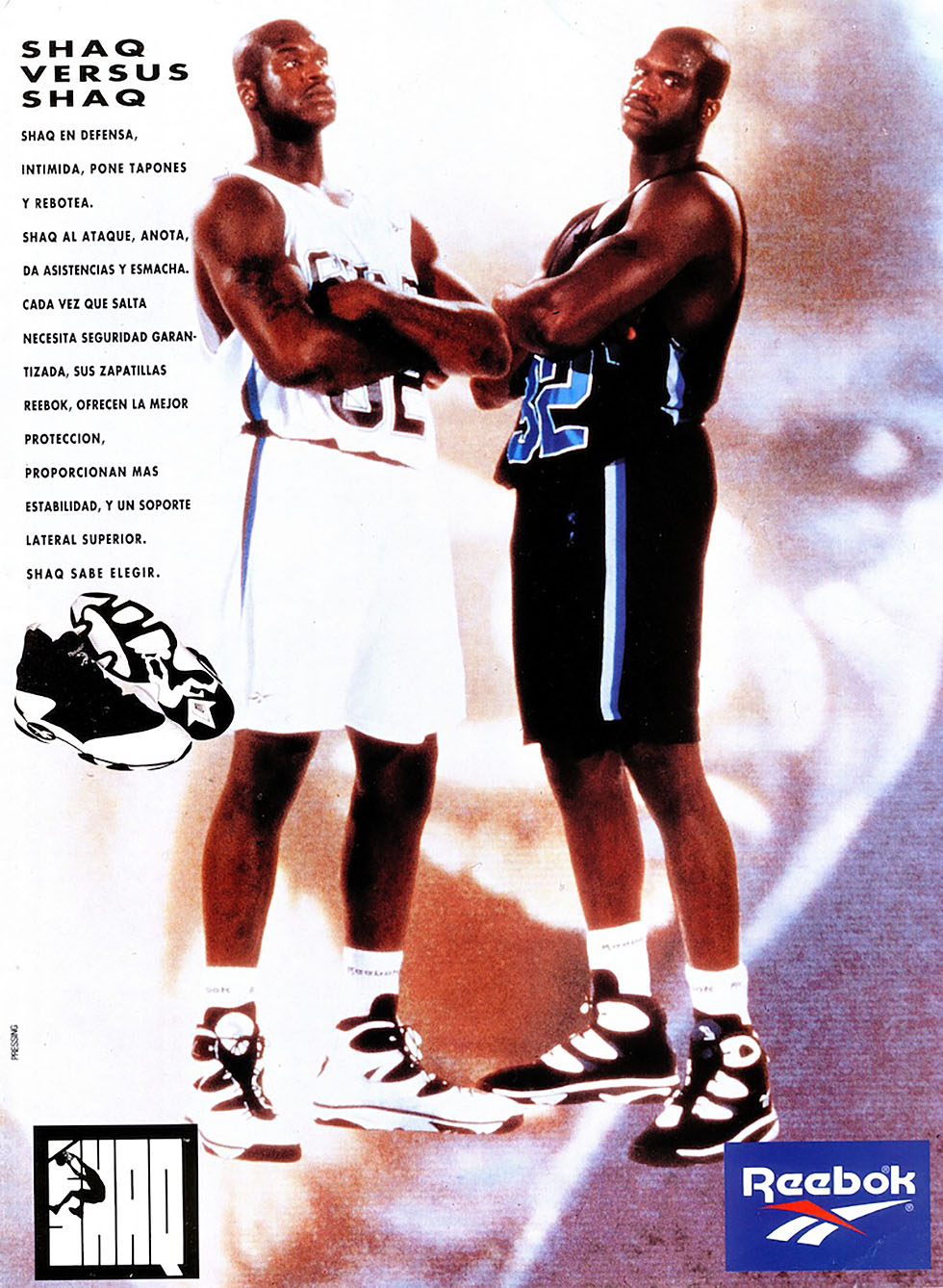
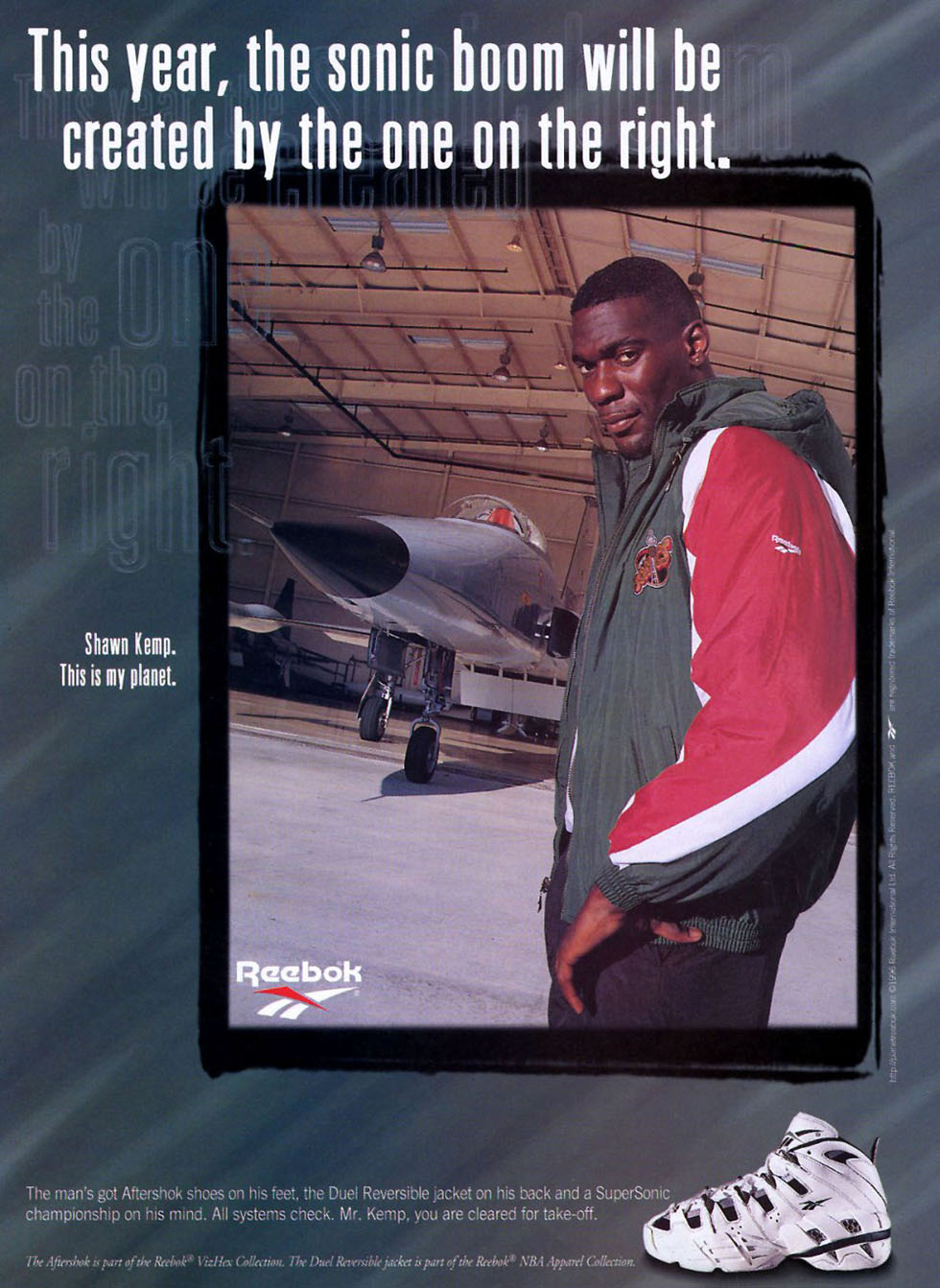
As with the rest of their competitors at the time, Reebok were putting out some great marketing material to make their product stand out to the consumer. Campaigns with their own professional athletes as well as endorsements with several popular music artists helped shift their popularity even higher around the world.

